服务热线
4001-123-456
|
Type
|
Feature
|
|
GDM-T
|
Good flowability, easy to apply
|
|
GDM-G
|
High viscosity, no excessive flow, suitable for filling applications
|
Self-curing elastic anti-corrosion material is an elastic coating and sealing compound based on organic silicone resin as the main component, prepared by adding other active additives. Currently, there are two types available:
(1) GDM-T self-curing elastic anti-corrosion adhesive
(2) GDM-G self-curing elastic sealant.
Upon contact with air, the adhesive undergoes a cross-linking reaction with the moisture in the air, gradually curing from the surface to the inside, forming an elastic body that provides anti-corrosion protection.
It can be applied on various surfaces, both horizontal and vertical, to form a uniformly thick coating. Once fully cured, the coating becomes dense and elastic, exhibiting excellent performance in terms of weather resistance, water resistance, salt spray resistance, UV resistance, etc.
♦ After curing, the material exhibits excellent elasticity, low shrinkage, and can withstand temperature changes without cracking, maintaining strong adhesion.
♦ The cured surface is smooth, glossy, and has good flame retardancy.
♦ It demonstrates outstanding UV resistance, maintaining elasticity and adhesion even in harsh natural environments.
♦ The material has excellent waterproof sealing properties and adhesion, suitable for various substrate coatings.
♦ Once fully cured, it maintains good elasticity within a temperature range of -50°C to 120°C.
Common Specifications: 400ml per unit (20 units per box), customizable packaging
Storage Conditions: Store in a sealed condition at room temperature. Can be transported and stored as a non-hazardous substance.
Shelf Life: Can be stored for 6 months at room temperature.
| 1. | Before construction, clean the surface to be coated, removing dust, loose rust, burrs, and sharp edges. |
| 2. | The surface of the fittings can be roughened by pulling fibers. Flanges and nut edges should be rounded to increase the thickness of the protective layer. For flange gaps below 5 cm, it is recommended to use sealant for filling and leveling before applying the anti-corrosion adhesive. |
| 3. | Avoid exposure to rainwater, snow, or external forces that can damage the coating before the surface layer of the adhesive hardens. It is recommended to apply two coats to ensure the thickness of the protective layer and eliminate bubbles or pinholes. |
| 4. | The drying time and curing speed of the adhesive will vary with the ambient temperature, accelerating significantly under high temperatures. |
| 5. | The suitable construction temperature is between 5 to 40°C. If the surface temperature of the workpiece is high due to exposure to direct sunlight, avoid applying the adhesive directly. |
| 6. | Due to the diversity and differences in materials, especially rubber, plastics, coatings, etc., it is necessary to pre-test the adhesive performance before use. |
| 7. | The working time at room temperature is approximately 60 minutes, with a surface drying time of 2 to 4 hours. The initial film thickness of the anti-corrosion adhesive is 500 to 1000 micrometers, and two coats can meet the thickness requirement of a general anti-corrosion layer of 1.5 to 2.0mm. It becomes non-sticky after 24 hours and fully cures within 36 hours. For higher requirements of corrosion and waterproofing, the thickness of the anti-corrosion layer can be increased accordingly. |
| 8. | Under conditions of a dry and clean surface, the anti-corrosion adhesive can be reapplied, and it exhibits excellent adhesion between the old and new layers. |
| 9. | It is recommended to store the product indoors at room temperature with a storage period of 6 months. Once a unit is opened, please use it promptly to avoid improper sealing and curing. |
Widely used in the anti-corrosion construction of irregular-shaped components such as valve pits, flanges, valves, edge plates of oil storage tanks, concrete foundations, pipe supports, marine piles, bolts, nuts, and other components.
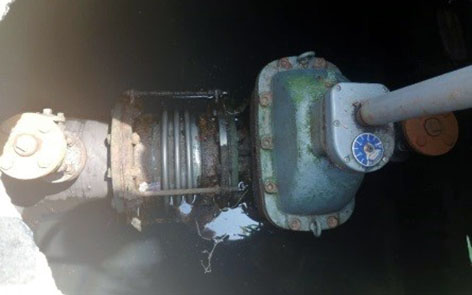
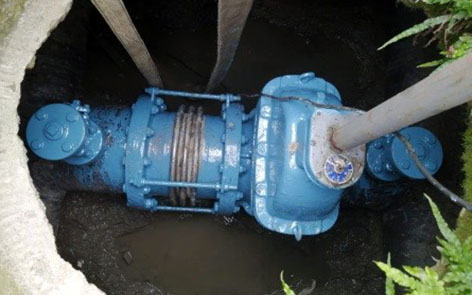
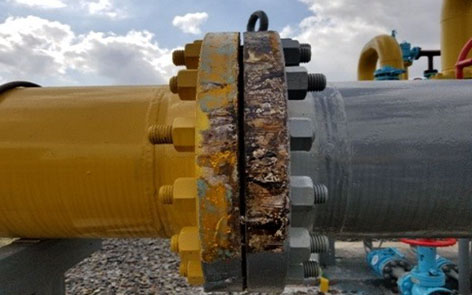
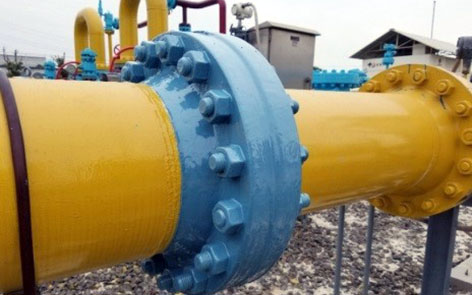
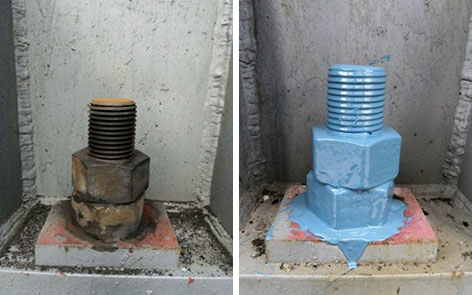
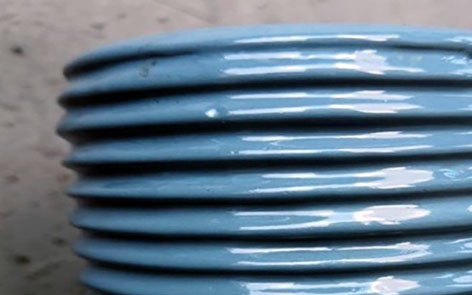
(Self-Curing Anti-Corrosion Material features unique plumpness and coverage ability, making it an excellent anti-corrosion tool for components with sharp edges, such as bolts. When disassembling, simply use a wrench to unscrew it. It has a non-rigid coating that will crumble directly upon application.)
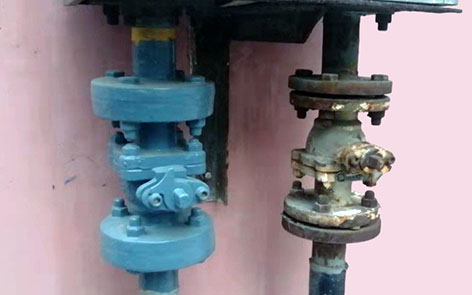
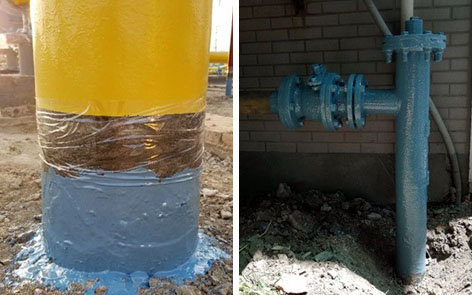
 |
Appearance(GDM-G) Uncured, non-flowable paste, color can be adjusted as needed. |
 |
Composition(GDM-G) Single component, no mixing required, can be scrape-applied or poured. |
 |
Curing Characteristic |
 |
Construction Temperature |
 |
Temperature Resistance Range |
| Property | Performance | |
| GDM-T | GDM-G | |
| Pre-Curing | ||
| Color | Black, White, Gray (custom made) | Black, White, Gray (custom made) |
| Viscosity (25°C) | 105mPa·s | Paste |
| Density (25°C) | 1.5g/cm3 | 1.5g/cm3 |
| Surface Drying Time (25°C, 55%RH) | 90min | 20min |
| Post-Curing | ||
| Hardness | 45Shore A | 55Shore A |
| Elongation | 270% | 290% |
| Tensile Strength | 1.8MPa | 2.1MPa |
| Shear Strength (Al-Al) | 1.7MPa | 1.9MPa |
| Dielectric Strength (25°C) | 18kV/mm | 19kV/mm |